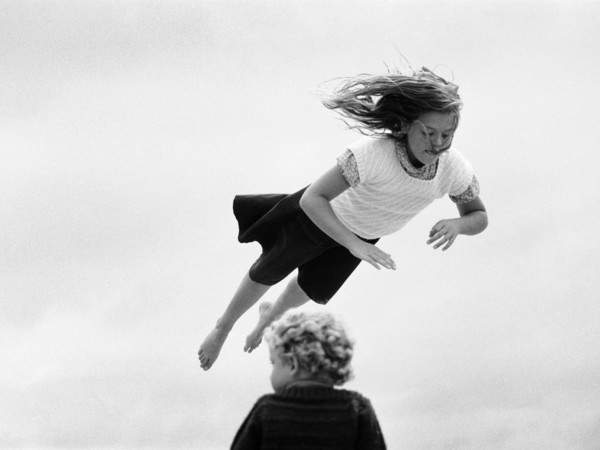Until Jan. 9, 2022, Rome’s WeGil, cultural hub of the Lazio Region in Trastevere, is hosting The Invention of Happiness. Photographs the exhibition dedicated to French photographer Jacques Henri Lartigue (Courbevoie, 1894 - Nice, 1986), which has already been received with great success in Venice and Milan.
The Invention of Happiness. Photographs is the largest retrospective of Lartigue ever held in Italy, is curated by Marion Perceval and Charles-Antoine Revol, respectively director and project manager of the Donation Jacques Henri Lartigue and Denis Curti, artistic director of the Casa dei Tre Oci is promoted by the Lazio Region and is produced by LAZIOcrea in collaboration with Casa Tre Oci in Venice and Donation Jacques Henri Lartigue in Paris.
The exhibition brings together 120 images, including 55 previously unpublished ones, all from Lartigue’s personal photo albums, of which some facsimile pages are displayed. These are joined by some archival materials, books such as Diary of a Century (published under the title Instants de ma vie in French) and magazines of the time. These documents trace his entire career from his beginnings in the early 1900s to the 1980s and reconstruct the history of this photographer and his rediscovery. In this context, 1963 is a crucial year: John Szarkowski, recently appointed director of the photography department of MoMa - the Museum of Modern Art in New York, exhibits his work at the New York museum, allowing him to achieve success when he is now close to seventy years old.
The itinerary follows a chronological order flanked by focuses on the main moments of rediscovery of Lartigue’s work, beginning with the New York Museum’s exhibition, during which his earliest pre-World War I shots are presented, making him the enfant prodige of photography. Inspired by the illustrated newspapers and magazines of this era, Lartigue became interested in the wealthy Parisian bourgeoisie who gathered at the Grand Prix motor races, the Auteuil horse races, as well as the elegant men and women who frequented them.
“Lartigue’s ’part of the world,’” writes Denis Curti in his text in the catalog, “is that of a wealthy, bourgeois Paris of the nouveau siècle, and even when Europe would be traversed by the horrors of the two world wars, Lartigue would continue to preserve the purity of his photographic microcosm, continuing to fix on film only what he wanted to remember, to preserve. To stop time, to save the moment from its inevitable passing.Photography becomes for Lartigue the means to exhume life, to relive happy moments, again and again.”
Following the success of his exhibition at MoMa in the late 1960s, Lartigue met Richard Avedon and Hiro, two of the most influential fashion photographers of the time, who immediately became passionate about his art. Avedon, in particular, soon proposed that he make a work that would take the form of a photographic ’journal,’ showing a little more of Lartigue’s archives. Aided by Bea Feitler, the then art director of Harper’s Bazaar, they published Diary of a Century in 1970, which definitively established him among the greats of 20th-century photography.
However, Lartigue has long since ceased to be the amateur photographer of the turn of the century. Since the 1940s he has been publishing his photographs in magazines, combining his mundane encounters with sophisticated framing. After an in-depth look at the period of his rediscovery, the last sections focus on the 1970s and 1980s, marked by his collaborations with the world of cinema, where he worked as a set photographer for numerous films, and fashion. Lartigue’s eye, however, never managed to stray far from everyday life, always capturing many curious and irony-laden details.
An interesting focus is also reserved for the memoirs that Lartigue wrote in the 1960s and 1970s, when he began to reassemble his albums in which he had collected all his shots.
The exhibition is accompanied by the bilingual Marsilio Editori catalog, with essays by Marion Perceval, Denis Curti, and an unpublished account by Ferdinando Scianna, who knew the photographer.
For all information, you can visit the official WeGil website.
Pictured: Jacques Henri Lartigue, La Baule (1979), Ministère de la culture(France), MAP-AAJHL. Ph. credit: Clp
 |
| Jacques Henri Lartigue's photographs are on display in Rome |
Warning: the translation into English of the original Italian article was created using automatic tools. We undertake to review all articles, but we do not guarantee the total absence of inaccuracies in the translation due to the program. You can find the original by clicking on the ITA button. If you find any mistake,please contact us.